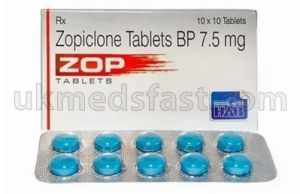SPC or Statistical Process Control is specified as the use of analytical strategies to manage a process or manufacturing technique. SPC tools, as well as treatments, can help you check procedure behavior, find problems in inner systems, as well as find services for manufacturing concerns. Statistical process control is often utilized mutually with SQC or statistical quality control.
A preferred SPC tool is the control chart, originally established by Walter Shewhart in the early 1920s. A control graph aids one document data and allows you to see when an unusual event, such as a very high or low monitoring compared with “normal” process performance, happens.
Control graphs try to distinguish between two types of procedure variant:
- Typical cause variation, which is innate to the procedure and will always exist
- Unique cause variation, which comes from exterior resources as well as suggests that the process runs out statistical control
Various examinations can help identify when an out-of-control event has actually taken place. However, as even more tests are employed, the possibility of a false alarm likewise raises.
STATISTICAL QUALITY CONTROL VERSUS STATISTICAL PROCESS CONTROL
SQC is defined as the implementation of the 14 analytical as well as statistical tools to keep an eye on procedure results. dependent variables. SPC is the application of the very same 14 tools to regulate process inputs, independent variables. Although both terms are usually used interchangeably, analytical quality control consists of acceptance sampling where analytical procedure control does not.
THE QUALITY ASSURANCE TOOLS
In 1974, Dr. Kaoru Ishikawa combined a collection of process renovation tools in his text Overview to Quality control. Recognized around the globe as the seven-quality control or 7-QC tools, they are:
- Cause-and-effect representation also called Ishikawa diagram or fishbone layout.
- Control chart.
- Check sheet.
- Scatter layout.
- Pareto chart.
THE SUPPLEMENTAL DEVICES
In addition to the basic 7-QC devices, there are also some added analytical quality tools known as the 7-SUPP tools:
- Data stratification.
- Occasions logs.
- Problem maps.
- Process flowcharts.
- Development facilities.
- Sample dimension decision.
These are the tools or devices you use to find average quality control.









